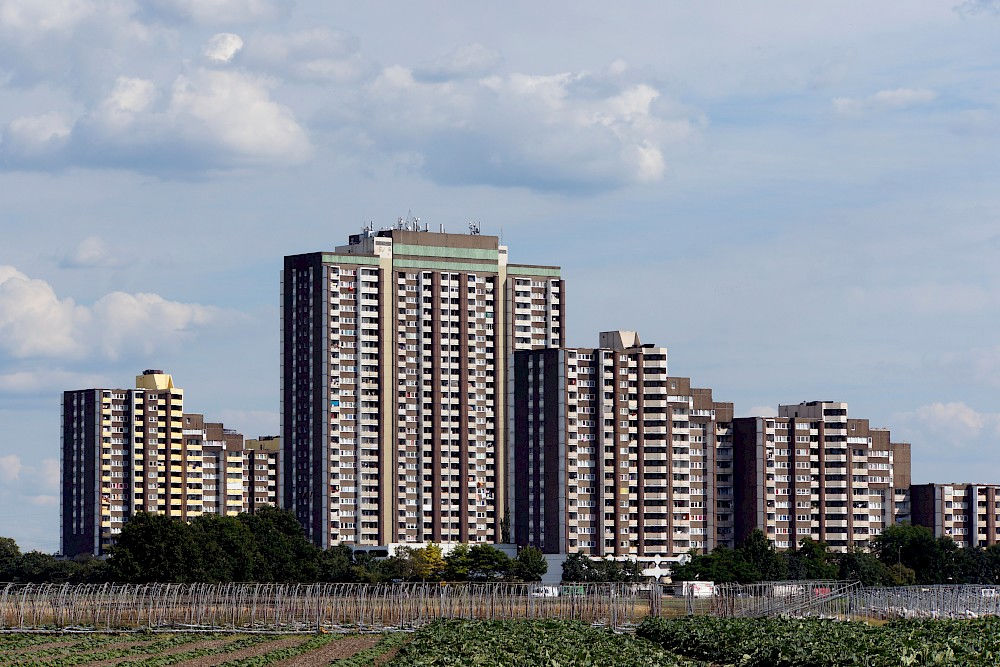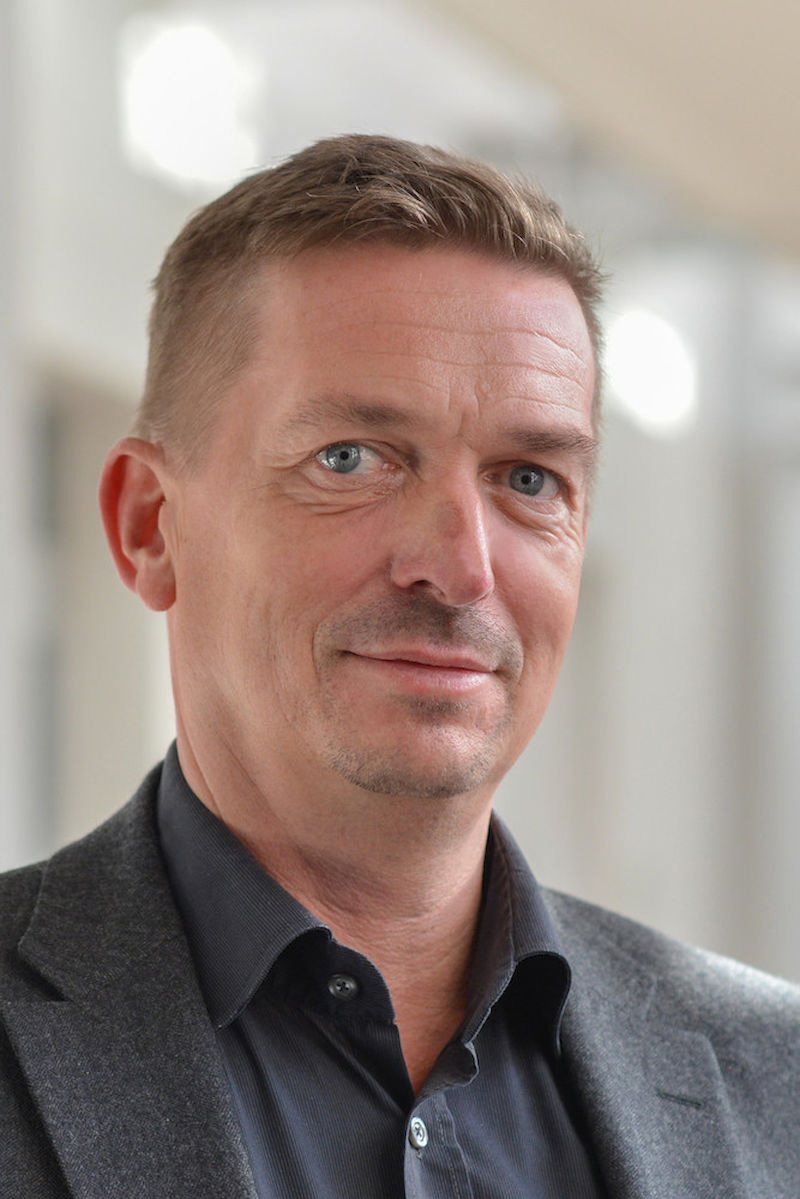What is the east?

The question “What is the east?” has to be asked, even if it often annoys people. It is a matter of how the topic is broached. In my view, “eastern Germany” (“Ostdeutschland”) is a relatively young phenomenon. After the end of the dictatorship in the GDR and the subsequent reunification, there were many descriptions and names used for the “east”. I consider “eastern Germany” to be a special, current version.
Of course, there are perceptible differences between territories of the former GDR and other areas of Germany – for example in statistical terms with regard to economic factors, private wealth or migration factors. The “new states”, the “five new states” or now “eastern Germany” are, however, often referred to as if they were a homogeneous entity with a corresponding population. Collective singular terms for “East Germans” are used, such as “Ostler”, “Ostdeutsche” or “Ossi”. Should a society that has a disparate composition be represented as a homogeneous entity? No. But that is precisely what can be observed. For example, given that religions play a smaller role, a collective lack of religion is attributed to the east. The area that has been apostrophised in this way appears in the debates as a “mission area” or as a “republic of heathens”, as it was recently referred to in one newspaper. This postulates the deviation from a norm, which was, however, only set as a norm because of the discussion of this very deviation.
Clear lines are being drawn from the “emotional blockage”, which a well-known psychotherapist diagnosed for all citizens of the DDR in 1990 in his book “Der Gefühlsstau” (emotional blockage), to the not individual, but systemic interpretation of the “East German”, which is currently being established as a homogeneous ethnic group. What are collective singular terms used for? For example to create collective explanatory models for “East German” characteristics which show themselves to be “typical”.
The attribution of a typical lack of religion can also be compared with topics such as “pre-fabricated buildings”, which seem to have existed exclusively in the GDR, an idea that is contrary to any reasonable experience. The construction of pre-fabricated buildings is shifted to the symbolic east as an aesthetic problem of housing or social policy, as if there are no satellite towns in other regions of Germany and Europe.
The reduction of what is “typically East German” (i.e. what is not West German or not entirely West German) to non-denominationalism, a lack of religion or even atheism is a massive change of the past few decades. Churches or religious communities appear to be separate from their environment and are seen alongside it as slightly atypical or even incongruous. This makes their specific context unreal, as people are either not really East German or not really religious. A contemporary who regards himself as religious faces difficulties, as there are many typically East German characteristics, but being religious is not one of them. “East German religion” almost seems like a contradiction in terms, like a fundamental contraction that is ultimately irreconcilable.
A descriptive emphasis of the typical lack of religion also provokes the following attitude: “Yes, exactly! That is our characteristic. That is typically East German!” The “republic of heathens” then appears to be a positive thing and defends itself against being a “mission territory”. This defining dichotomy, this positive and negative separation, is extremely problematical. And such dualities make the ambivalence of “east commissioners” or even “east quotas” clear.
What is the east? Current positive shifts in the attributed characteristics – “east phenomena” claimed as defining characteristics and used in the discussions – relate to processes that are taking place now, which cannot simply be inferred from history with systematic explanations, but have concrete places and functions in current debates. This is what I mean by discursive fabrications of “the east”, which can always provide a clue to very different experiences with the dictatorship.
I am constantly asking myself how we can show that “the east” or “eastern Germany” is not a natural entity that we find as a fact and must then deal with somehow. Instead, the “east”, which is apostrophised one way or another today, is something that we are all creating together on an ongoing basis, in spite of all the historical references. This makes it difficult to talk about it. What matters is the manner in which the topic is represented and the identifying characteristics are attributed. Some problems are apparently bundled together in the symbolic east and thus also kept under control – whether this is the construction of pre-fabricated buildings or other peculiarities which we cannot cope with otherwise. This should be viewed critically.
The important thing is to say very clearly: it is not a case of someone in some idea of the west sitting and pointing a finger at the east; instead, this is a shared, pan-German view and spoken attitude. “The east” does not exist; we all make it – regardless of whether we feel that we belong to it or are in opposition to it. The fact that the discursive east exists as a special, exceptional zone is, however, apparently of existential significance for pan-German debates. We must regard this as a process in which we all play a huge role by generating homogeneity for an area which is now supposed to be a whole country and is now sometimes even to be given a (new) name.
This article appeared in print as part of the series "Context", in which researchers of Martin Luther University explain recent topics in their respective fields, providing background and contextual information.
Professor Daniel Cyranka has been the professor of religious studies and intercultural theology at the University of Halle since 2012. His research work includes modern religious history, the Enlightenment and Pietism, esotericism research and the implementation of discourse theoretical approaches in these fields. An important topic for Cyranka is the relationship between post-colonialism and the “Second World”.
Contact: Professor Daniel Cyranka
Institute of Systematic Theology, Practical Theology and Religious Studies
Telephone: +49 345 55-23080
Mail: daniel.cyranka@theologie.uni-halle.de


Kommentare
etfoto am 17.01.2022 22:58
why do you talk about eastern germany but show a picture from cologne in western germany?
Reply
kloewe am 18.01.2022 10:40
Hello,
please read the following part of the text: "The attribution of a typical lack of religion can also be compared with topics such as “pre-fabricated buildings”, which seem to have existed exclusively in the GDR, an idea that is contrary to any reasonable experience. The construction of pre-fabricated buildings is shifted to the symbolic east as an aesthetic problem of housing or social policy, as if there are no satellite towns in other regions of Germany and Europe."
Reply